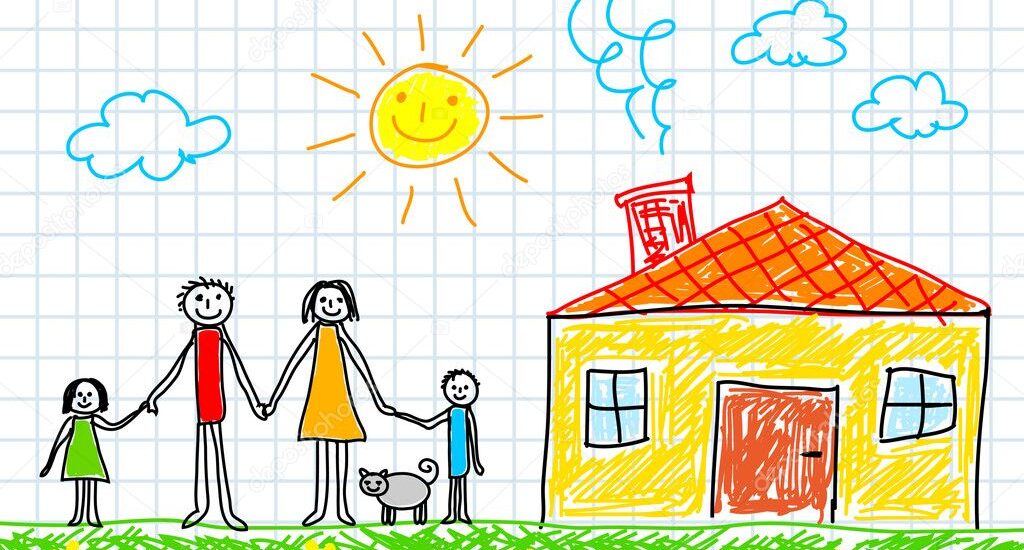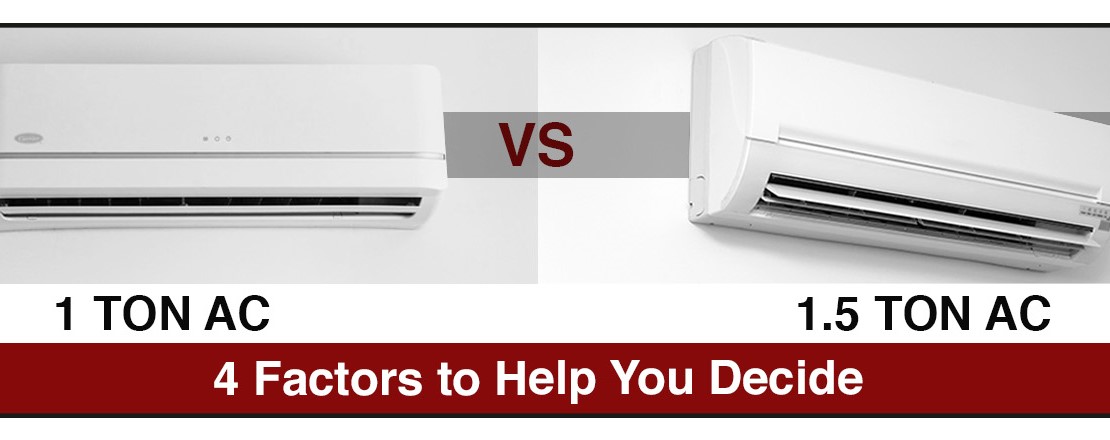
- Posted On: June 23, 2021
In the previous blog, we discussed how urban residences are ill equipped to provide thermal comfort without external cooling devices. But there are options that we can tap into so that our homes aren’t scorching in summer and air conditioners don’t push our electricity bills out of control.
What can be done to tackle this situation head on?
Houses can be built or retrofitted to remain cool in the summer by keeping the heat out. A lot of heat is gained from walls, windows and roofs that are directly exposed to the sun. On peak summer days, the air conditioner works harder to pump heat out from the space, while, walls, windows and the roof keep bringing the heat right back in. Simple design measures such as provision for shading, adequate ventilation to allow air to cool down spaces at night, walls and roof made of materials that reduce heat ingress from outside to inside and window glass that limits heat while allowing in light should be used. Top floor apartments will benefit greatly from insulation in the roof as well as the use of reflective tiles or a green roof to reduce temperatures inside the house, by as much as 3°C to 4°C. These should also be considered when renovating the property. Ensure that overheating parts of the house are identified and suitable design measures and materials used to counter it.
These were commonly used principles for design and construction of vernacular and urban housing, before the air-conditioner became a popular fix for middle and higher income households in urban India. The move away from designing houses for appropriate climate conditions means that most new multi-storey housing comes with little attention to how comfortable houses will be in peak summer or winter, and its impact on electricity use and associated climate change.
As home owners and tenants, users should account for the ability of the house to provide comfortable indoor conditions, amongst other parameters of location, built up space etc. while selecting a house.
The residential building energy code, Eco Niwas Samhita (ENS), launched by the government in 2018 is a good starting point. Housing projects are assessed for adequate ventilation, daylighting, shading and design of building envelope (walls, roof, windows) that reduces heat ingress into the building. Provision of thermally comfortable housing is even more important for affordable housing, where access to expensive cooling technologies might be limited. Monitoring of temperatures in an affordable housing project in Rajkot built as per ENS shows that internal temperatures were lower by 5°C as compared to conventional construction with burnt-clay bricks. Moreover, the internal temperature inside the house did not exceed 33°C when it was monitored throughout the month of May.
Buying a house is likely to be one of the most significant investments people will make in their lifetimes. Why is it that it’s suitability for the local climate does not factor in the buying decision? The market has no incentive to provide such housing, if there is no demand. This in fact has been a common refrain from developers – that consumers do not understand or ask for thermal comfort and energy efficiency features of a house. Investors use the same reason to not fund such projects, while aware consumers rue the lack of availability of such houses. It is time to break this circle of blame and lack of awareness. Our houses need to be built to thermal comfort standards while also reducing our electricity bills and climate change impacts.
-
- Smita Chandiwala






